To provide the best experiences, we use technologies like cookies to store and/or access device information. Consenting to these technologies will allow us to process data such as browsing behaviour or unique IDs on this site. Not consenting or withdrawing consent, may adversely affect certain features and functions.
The technical storage or access is strictly necessary for the legitimate purpose of enabling the use of a specific service explicitly requested by the subscriber or user, or for the sole purpose of carrying out the transmission of a communication over an electronic communications network.
The technical storage or access is necessary for the legitimate purpose of storing preferences that are not requested by the subscriber or user.
The technical storage or access that is used exclusively for statistical purposes.
The technical storage or access that is used exclusively for anonymous statistical purposes. Without a subpoena, voluntary compliance on the part of your Internet Service Provider, or additional records from a third party, information stored or retrieved for this purpose alone cannot usually be used to identify you.
The technical storage or access is required to create user profiles to send advertising, or to track the user on a website or across several websites for similar marketing purposes.



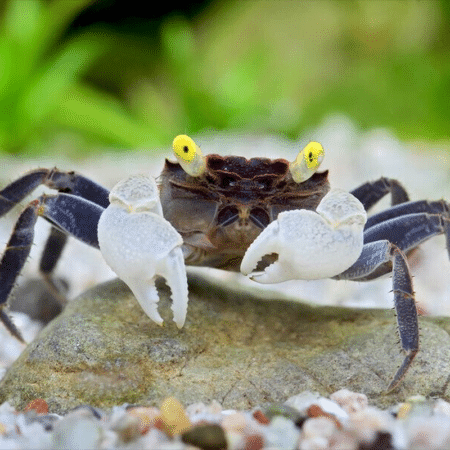


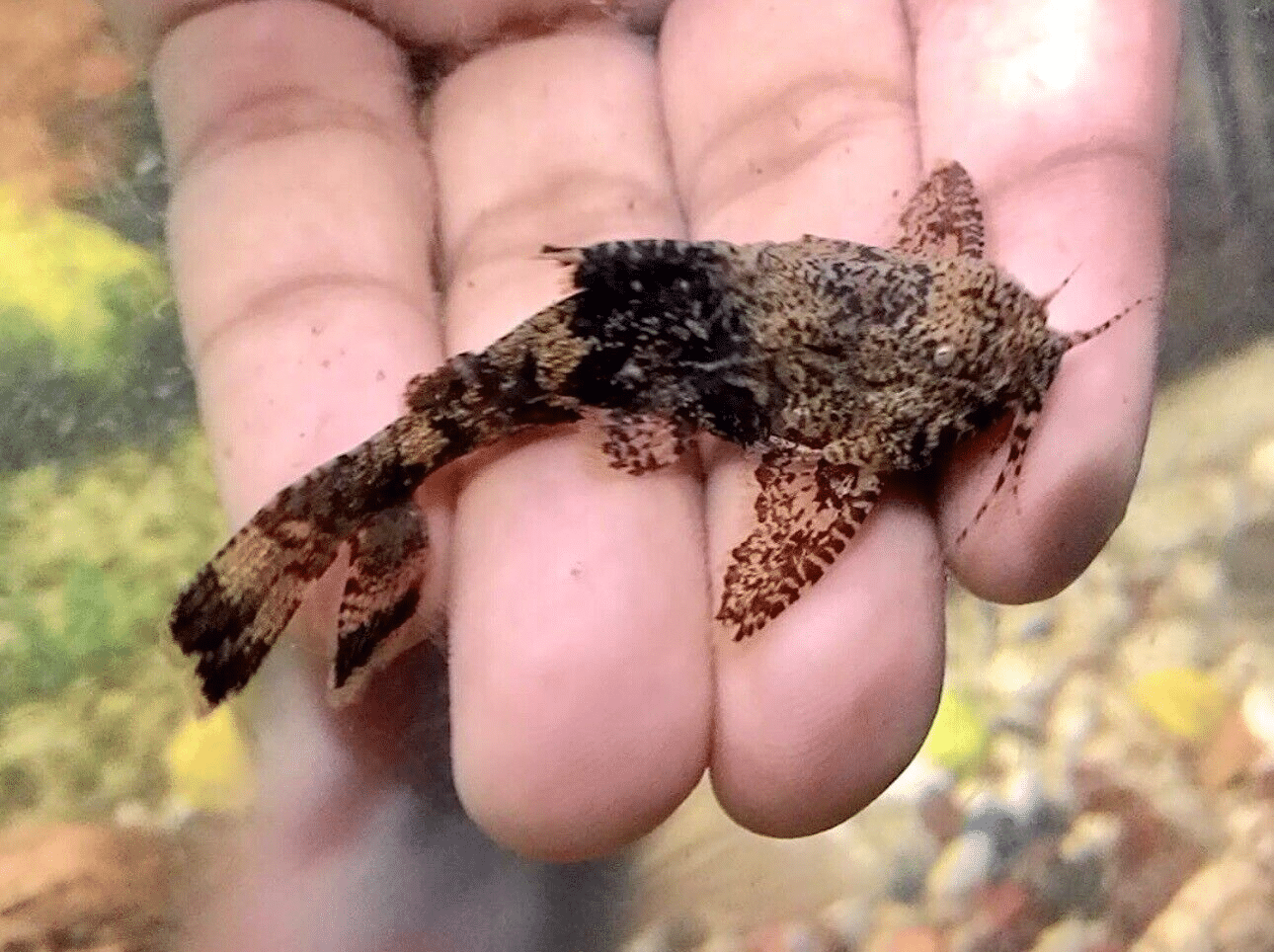
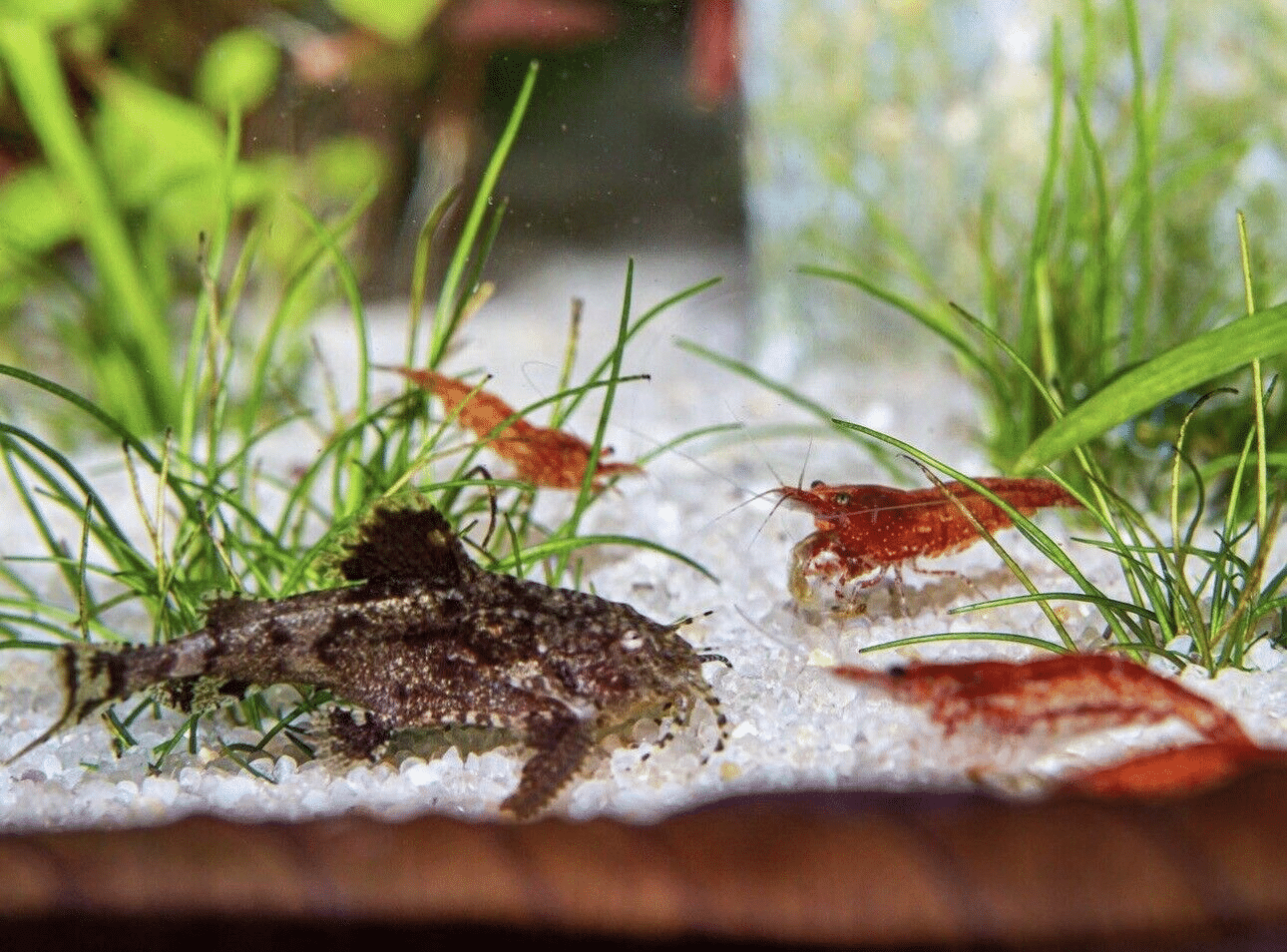
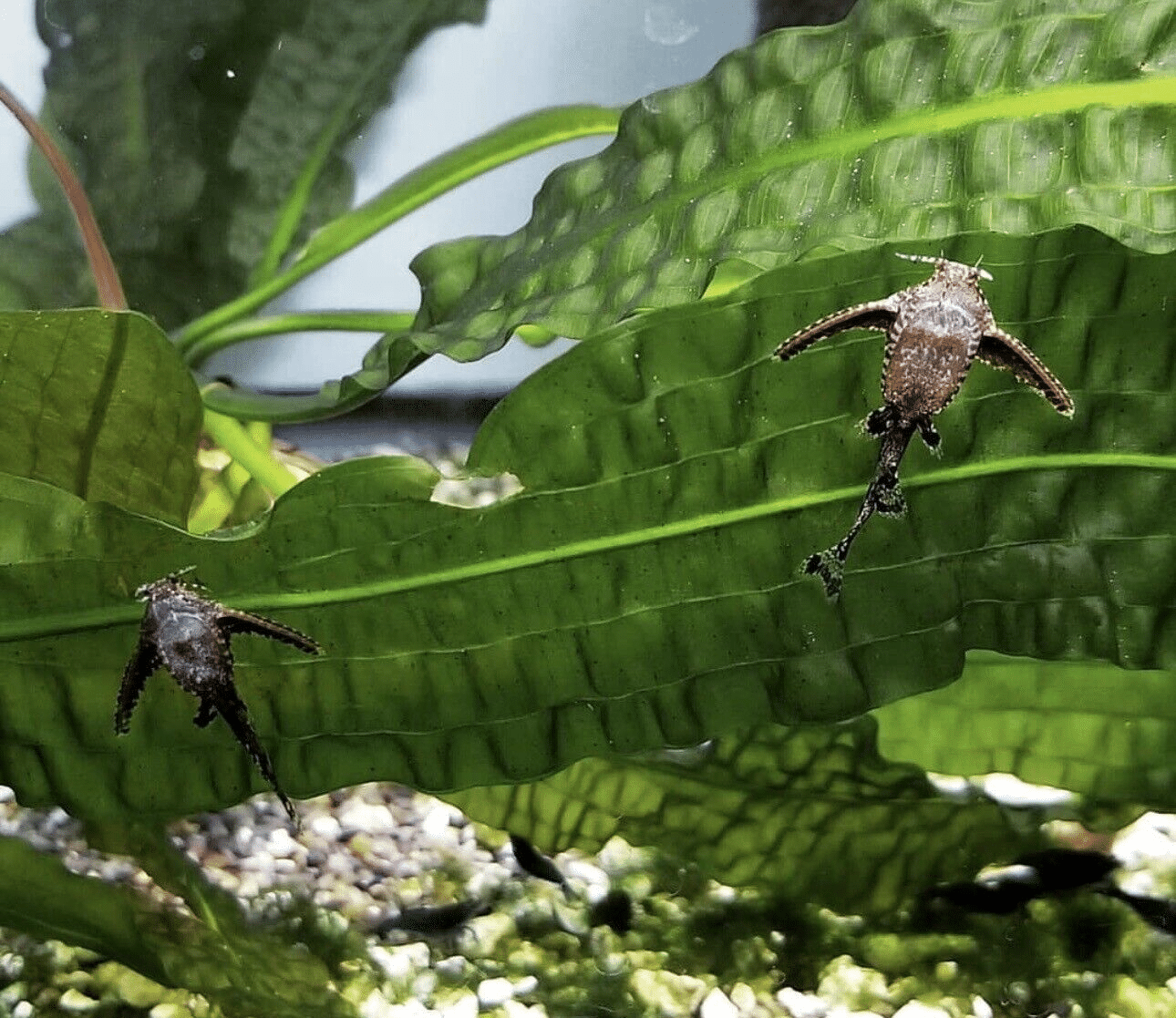
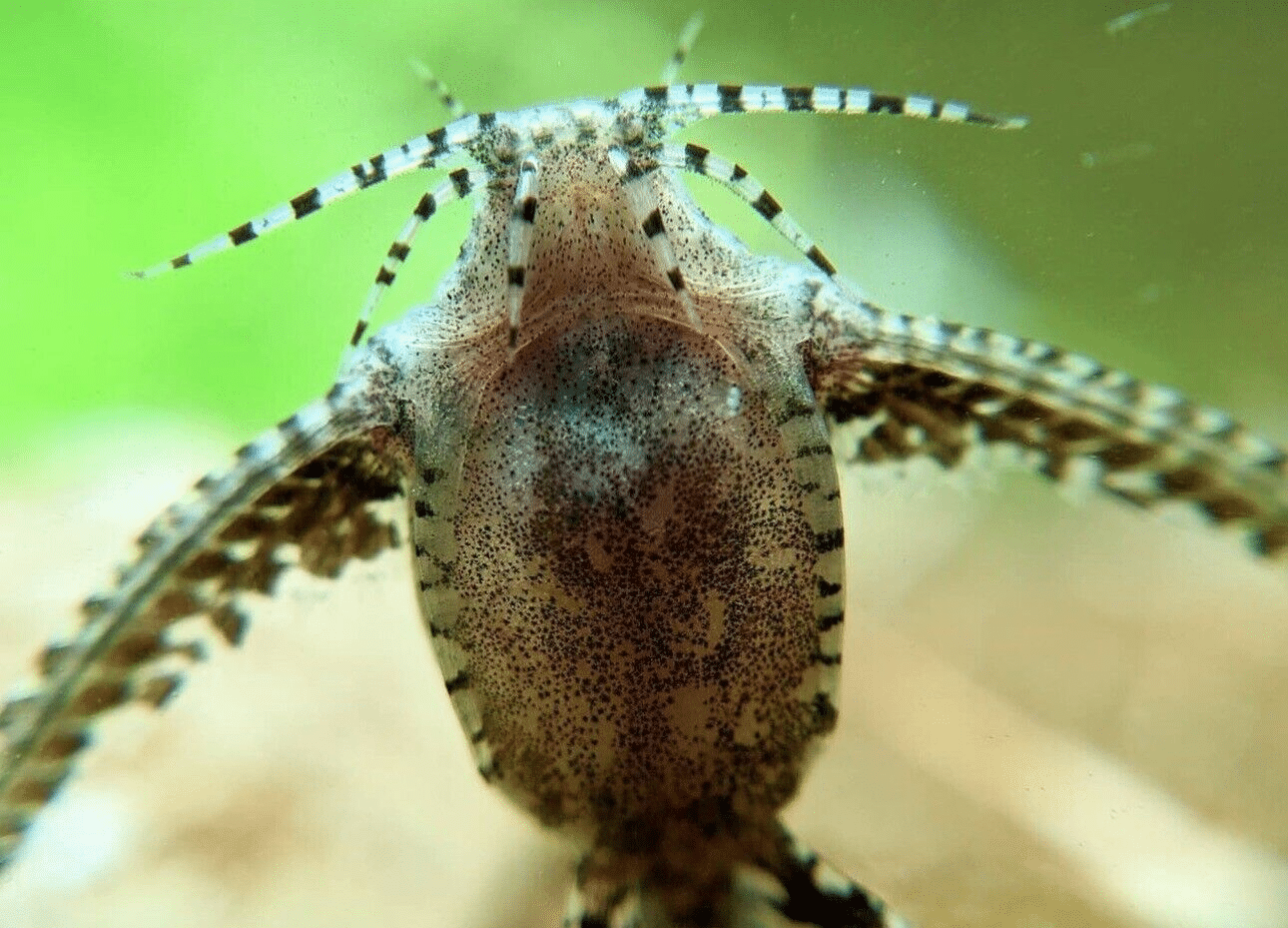
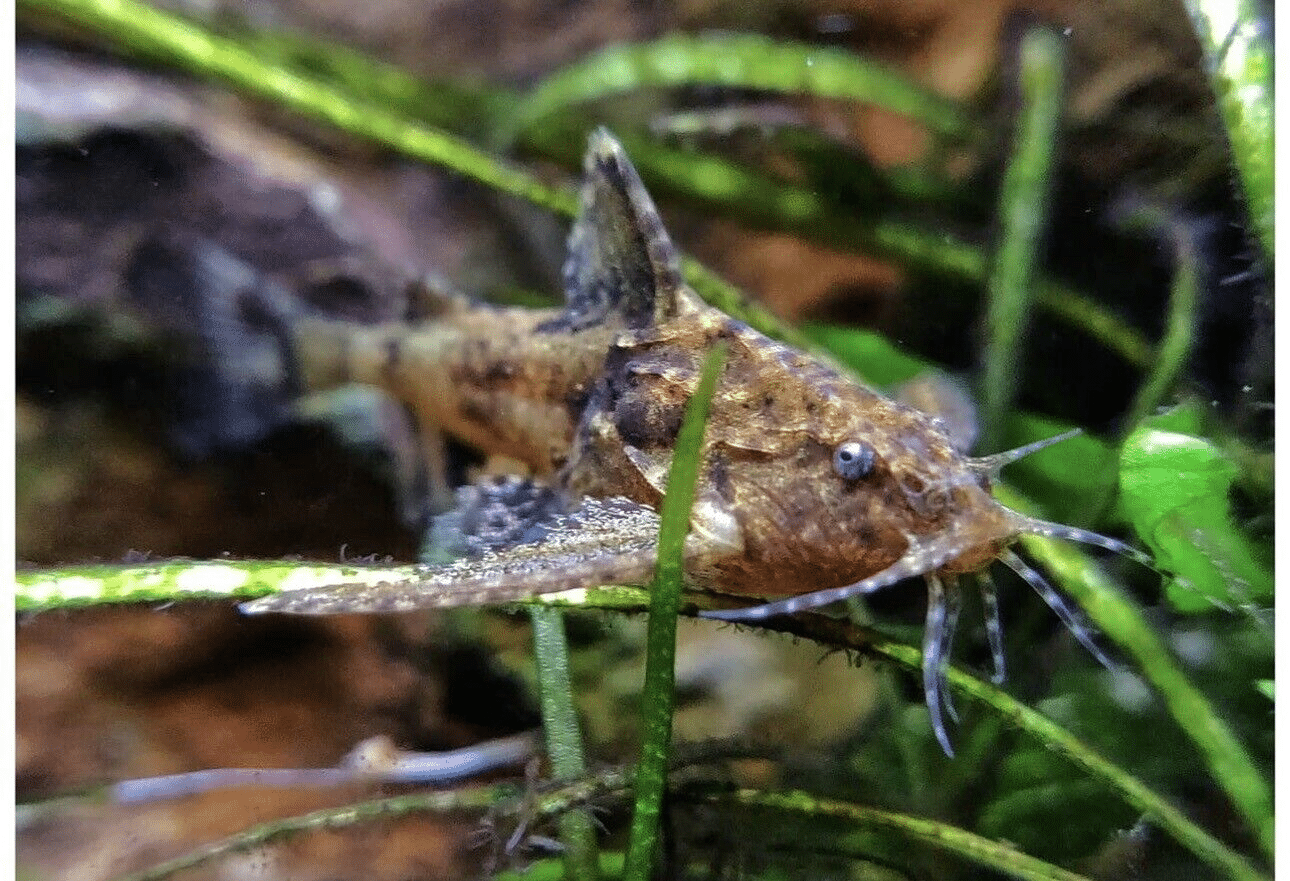
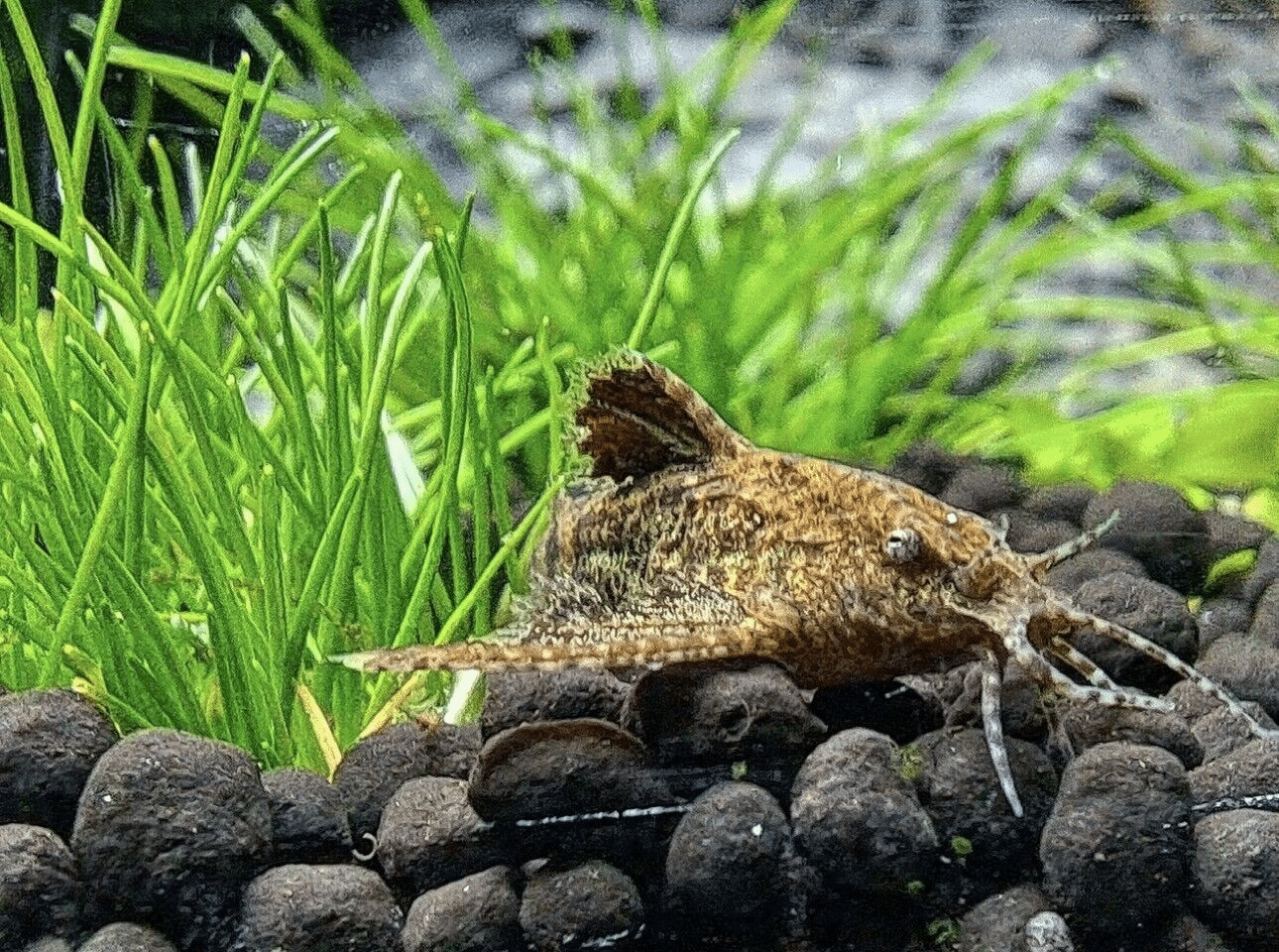
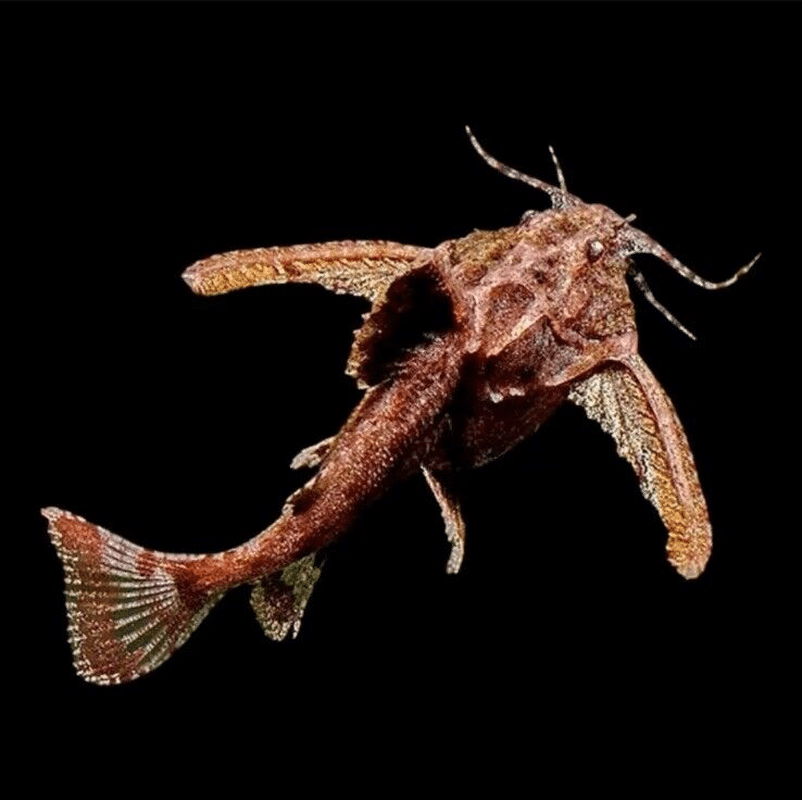


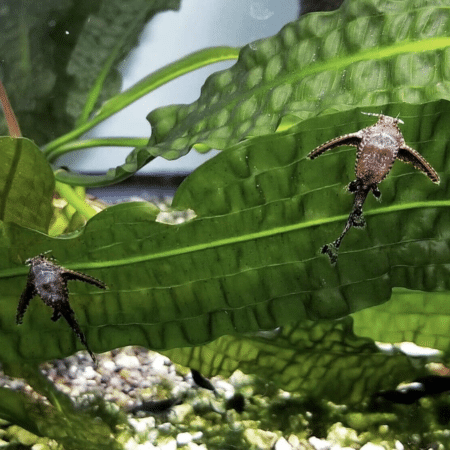
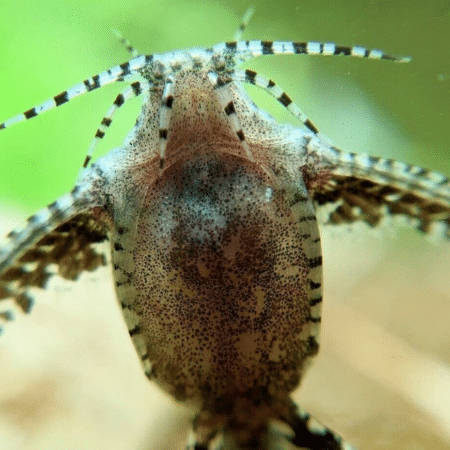
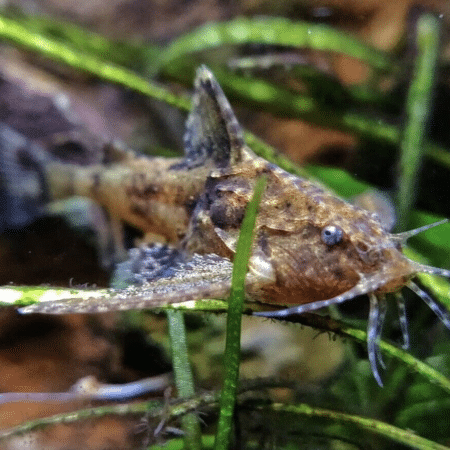
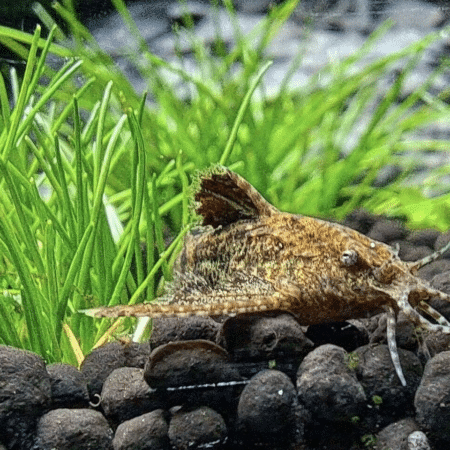
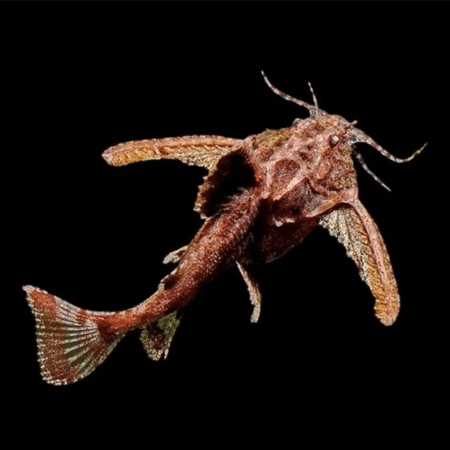



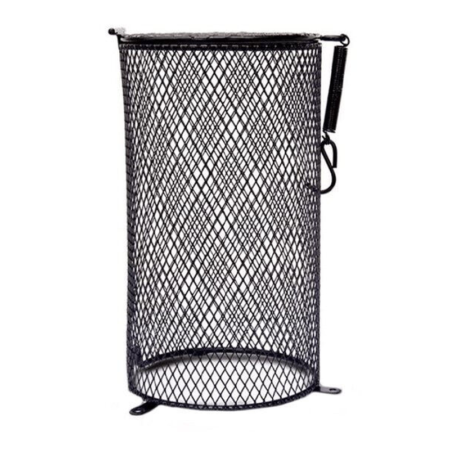
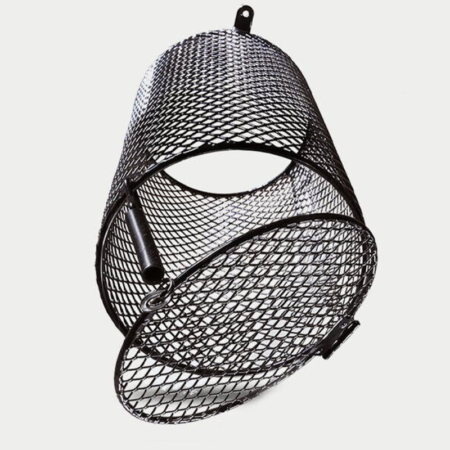

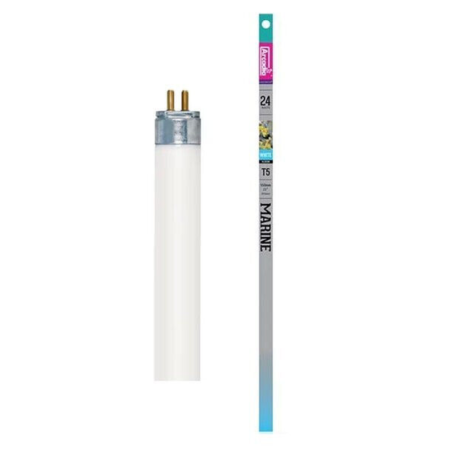
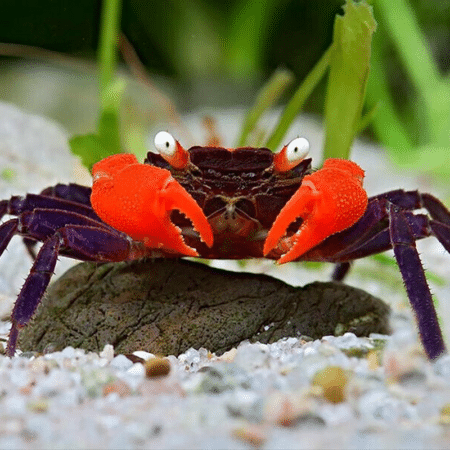


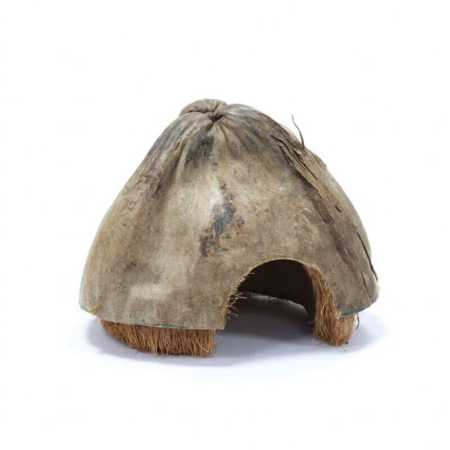

Emma Reynolds (verified owner) –
I recently welcomed two Hara Jerdoni Asian Stone Catfish into my aquarium, and I couldn’t be happier! These little guys, about 2 inches long, have brought so much life to my tank. Not only are they incredibly active and playful, but they also help keep my substrate clean, which is a huge bonus. I love watching them scurry around, sifting through the sand like little vacuum cleaners!
After two months of having them, they’ve grown more confident, and their vibrant markings are a delightful contrast against my darker substrate. Compared to other species I’ve kept, like corydoras and plecostomus, Hara Jerdoni stand out for their unique behavior and size. They’re perfect for a community tank; I’ve had no issues with aggression.
My only minor concern is that they are a bit shy at first, so it’s essential to provide plenty of hiding spots. I recommend this species for anyone looking for peaceful, engaging aquarium fish that actively contribute to tank maintenance. These little catfish are truly gems, and I would definitely buy again!